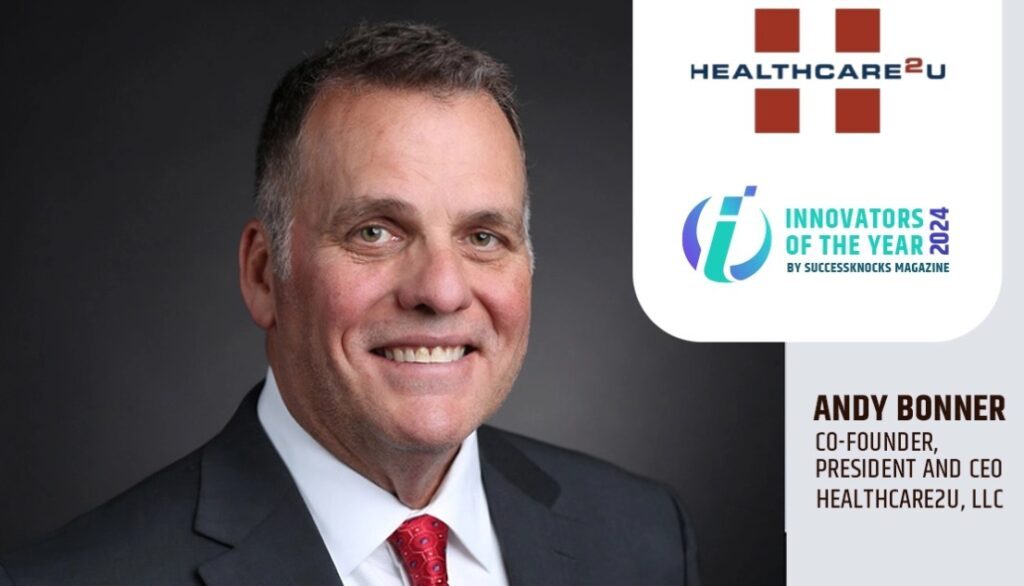The conversation surrounding skin cancer has grown over the past few years, likely gaining momentum from startling statistics and countless warnings from doctors. Melanoma, one of the four main types of skin cancer, had a 27 percent increase in new invasive cases diagnosed annually from 2013 to 2023.
In honor of Skin Cancer Awareness Month, we’ll discuss the different types of skin cancer, their early warning signs, and how to protect yourself against it.
The different types of skin cancer
Skin cancer develops from the abnormal growth of skin cells. One in five people in the US will develop it by the time they’re 70 years old.
There are four main types of skin cancer: basal cell carcinoma, squamous cell carcinoma, Merkel cell carcinoma, and melanoma. Basal and squamous cell carcinoma are the most prevalent typically appearing in the most sun-exposed areas of your body. Basal cell carcinoma appears as a pearly wax or bump, a flesh-colored or brown scar, or bleeding and scabbing. Squamous cell carcinoma seems more of a firm, red nodule or a flat lesion with a crusted and scaly surface. Merkel cell carcinoma is a rare and aggressive type of cancer, appearing as tumors, painful lesions, or nodules on sun-exposed areas.
Melanoma is likely the type of skin cancer most are familiar with. This cancer can appear anywhere on your body and is usually identifiable as a mole that changes in color or size, a large brown spot with dark speckles, or dark lesions on your hands or feet. We’ve heard dermatologists’ pleas, especially with the younger generations, to start wearing sunscreen every day — even on overcast days. Too many ultraviolet (UV) rays damage your skin and increase the appearance of fine lines and wrinkles. Freckles, something that many people credit their genetics for, are caused mainly by UV exposure.
What causes skin cancer?
While many know too much exposure to UV rays is a significant factor in skin damage, many other characteristic risk factors may heighten your chance of developing this type of cancer.
- Blue or green eyes
- Lighter skin or skin that is easily burnt
- Particular hair colors (such as red or blonde)
- Family history of skin cancer
- Old age
How to protect against skin cancer
Unfortunately, genetics are unchangeable, but there are ways to avoid too much sun exposure so you have a better chance of staving off cancer. To protect yourself, you can take several precautions that lessen your chances of developing it.
- Avoid the sun, if possible, from 10 AM to 2 PM when the sun’s rays are strongest.
- Apply a broad-spectrum sunscreen of at least SPF 30 every two hours outside.
- Avoid tanning beds.
- Schedule an exam with your Primary Care Physician (PCP) if you have concerns about your skin.
If you think you have any of the symptoms stated earlier or believe you’re at risk of developing them, consult with your PCP to set up a time to get tested for skin cancer. Early detection of this type of cancer is critical! With Healthcare2U, it’s as easy as picking up the phone and calling your doctor.







